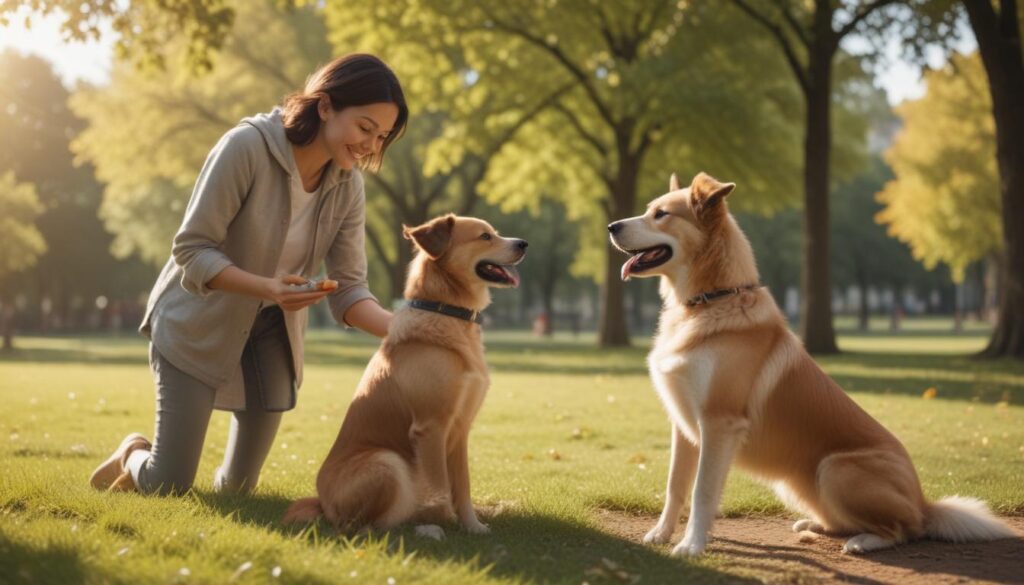The Surprising Truth About Dog Training: What You Might Be Doing Wrong
Be Patient, Not Dominant
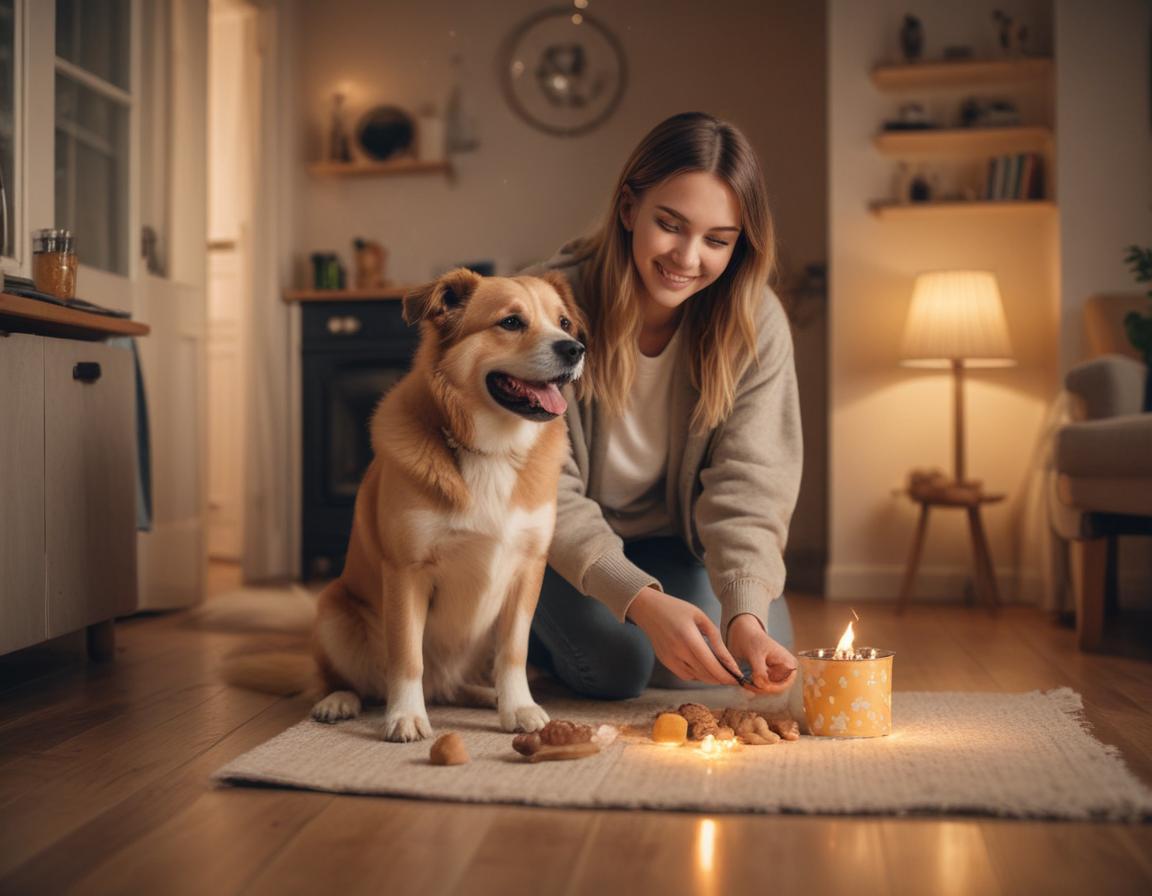
Contrary to what many believe, training a dog doesn’t have to be about asserting dominance. Studies reveal that dogs respond far better to encouragement than punishment. In fact, techniques that focus on dominance and control can often backfire, leading to fear, anxiety, or even aggression in dogs.
The recent video by Pet Training & Behavior in the US discusses the harm of forced dominance and showcases how positive reinforcement can build trust, cooperation, and a solid bond between you and your furry friend. Whenever your dog feels anxious or disobedient, it’s often a signal that they are overwhelmed and need more patience and kindness.
Instead of imposing stricter methods, focus on gentle guidance with rewards for good behavior. Encouragement helps your dog understand what’s expected of them, providing positive associations and a willingness to comply. Next time your dog exhibits a challenging behavior, remind yourself to stay calm and patient—it could make all the difference!
Positive Reinforcement Works Wonders
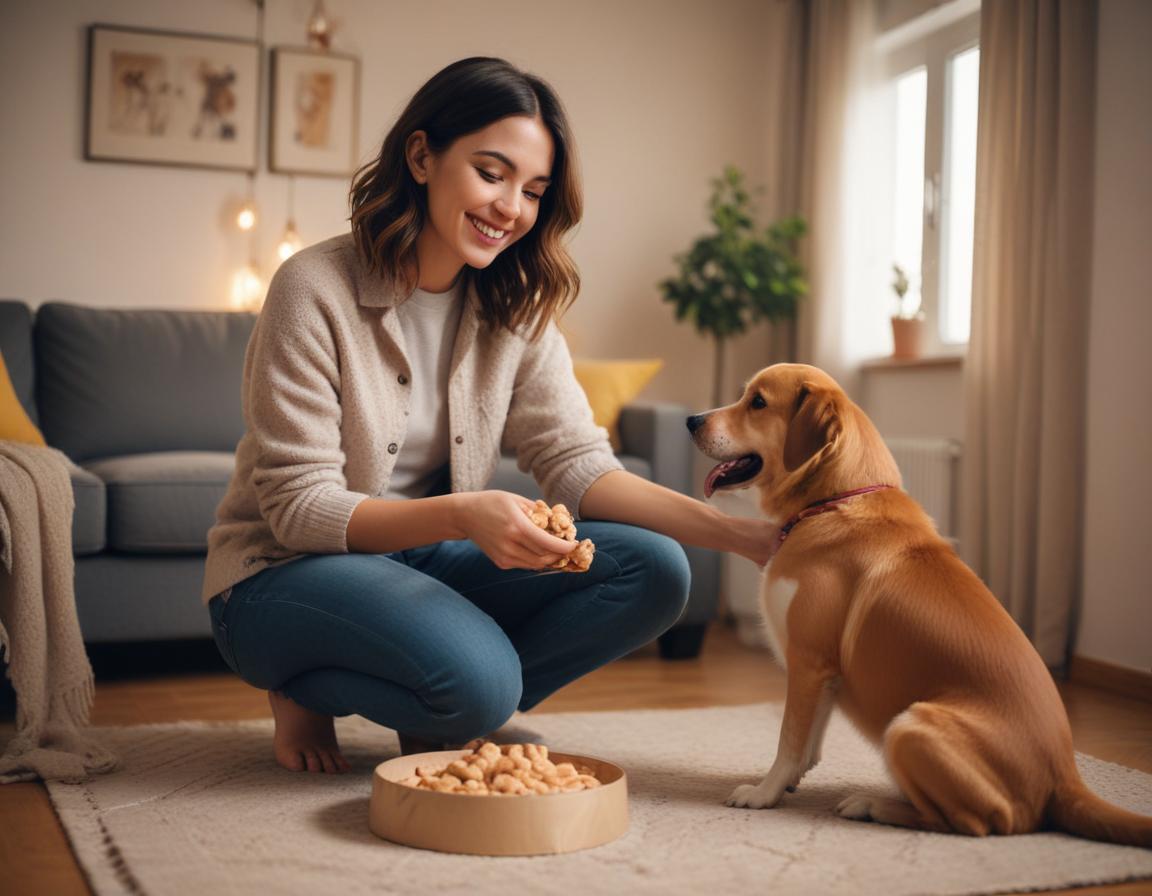
Rewarding your dog’s good behavior is not just more effective—it’s also more enjoyable for both of you! Positive reinforcement uses treats, praise, or playtime to encourage desirable actions in your dog. The recent video demonstrates just how powerful this technique can be, showcasing several success stories where positive reinforcement turned around even the trickiest dog behaviors.
Imagine giving your dog their favorite treat or toy each time they follow a command like sitting or staying. Even a simple “good boy!” or “good girl!” can strengthen their behavior. Over time, your dog associates good behavior with positive outcomes, making them eager to repeat those actions.
This approach not only yields better training results but also nurtures a loving, trusting relationship with your pet. If you’re still relying on punishing bad behaviors, shift your focus to celebrating the good ones—you’re bound to see a remarkable difference!
Remember, Every Dog is Different
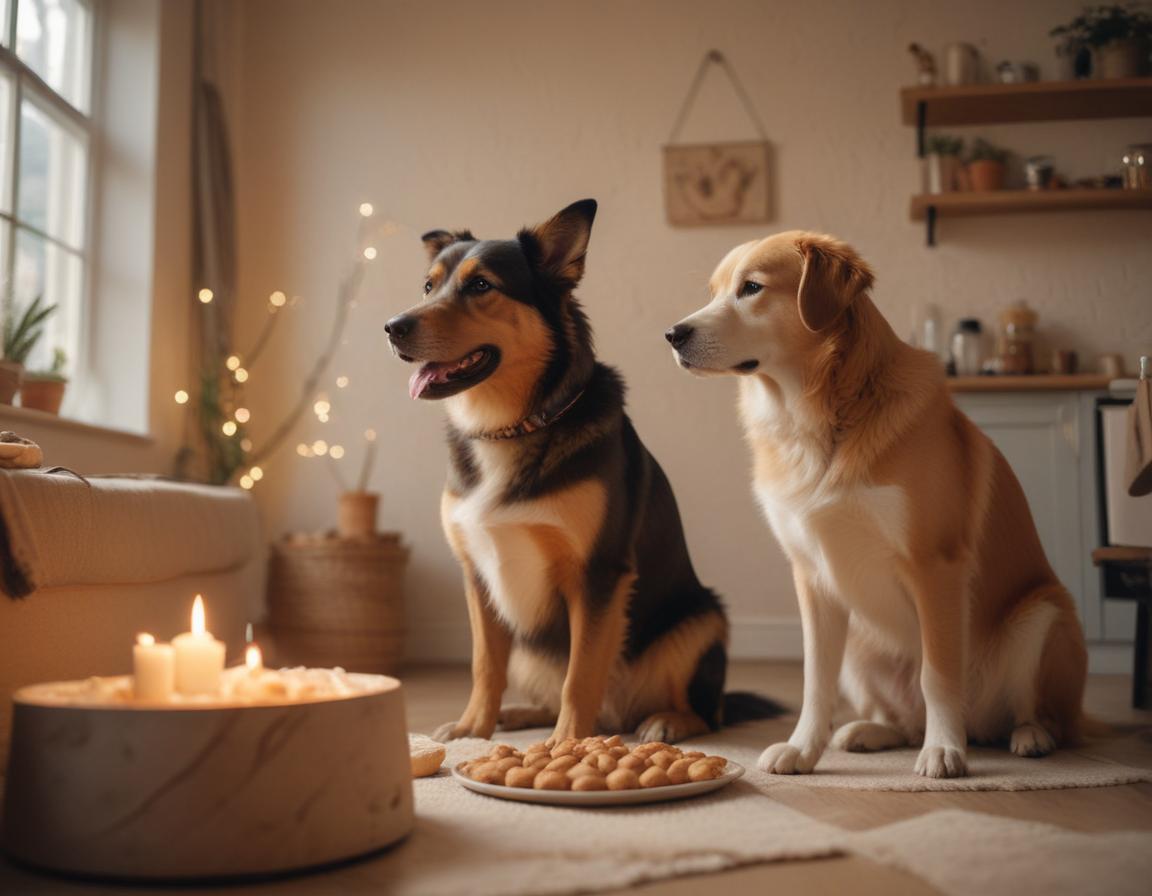
Just like humans, no two dogs are the same. They each have their own personalities, learning styles, and needs. Tailoring your training methods to your dog’s particular temperament is essential for successful results. The video underscores the importance of understanding your dog as an individual rather than using a one-size-fits-all approach.
- High-energy breeds like Border Collies or Labradors thrive when training sessions incorporate physical activity or games.
- Shy or anxious dogs might perform better in quiet, calm environments with a gentle touch.
Take the time to observe what motivates your dog and adjust your training accordingly. By catering to their unique characteristics, you not only make training effective but also deepen the understanding and communication between you and your pet.
Understanding and accommodating your dog’s individuality is one of the most crucial aspects of effective training!
Consistency is Key
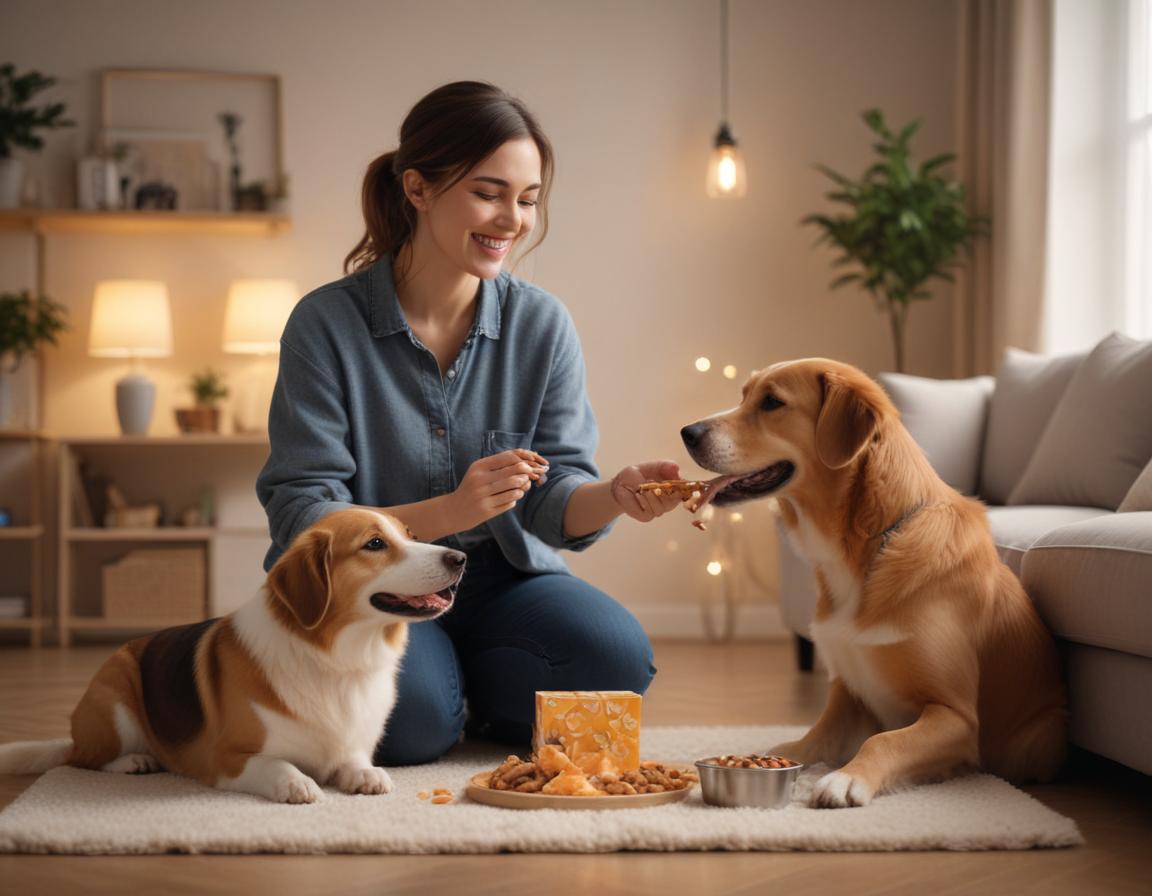
Consistency might seem like a simple concept, but for dogs, it’s their guiding star. Dogs thrive on routine and clear boundaries. Mixing up commands or randomly changing expectations only confuses them and slows down their learning process.
The video provides valuable insights into why inconsistency leads to frustration—for both you and your dog. To truly see progress, set clear rules and stick to them. If you decide that “sit” means sitting on the floor, ensure everyone in your household uses the same word and behavior expectations.
Giving in to bad habits or reinforcing the wrong behavior, even occasionally, can undo weeks of effort. Consider creating a daily schedule that includes:
- Regular training sessions
- Playtime and physical activity
- Rewards for good behavior
When your dog knows what to expect, they feel more secure and confident, which directly translates to better behavior and quicker learning outcomes. Consistency isn’t just a rule; it’s the foundation of all successful training!
“`

